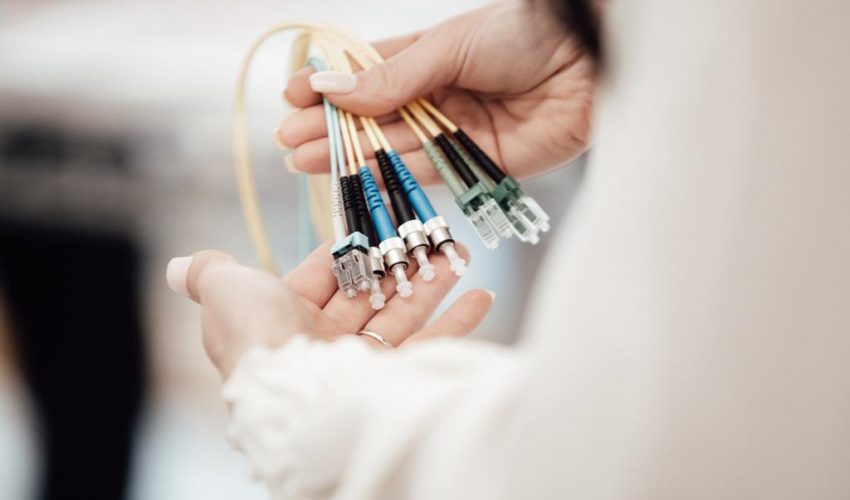Fiber connectors are basically the ends of the fiber cable which are used to connect the fiber to various networking Devices. A fiber connector terminates the end of an optical fiber, and enables quicker connection and disconnection than splicing. These connectors can also be called as Plugs to make a connection. The fiber optic connector basically consists of a rigid cylindrical barrel with a protruding ferrule that holds the fibers surrounded by a sleeve. Fiber connector ferrules are made from several types of materials including ceramic, stainless steel, and plastic.
LC Fiber Connector
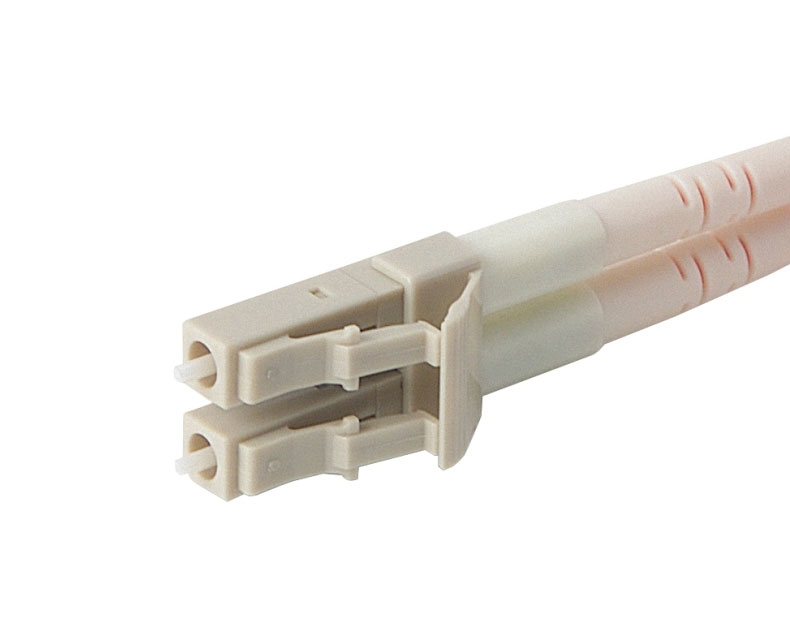
LC stands for Lucent Connector or Little Connector and is a small form-factor Fiber optic connector that uses a 1.25 mm Zirconia ferrule, half the size of the ST. The LC is a popular choice for current fiber connectors due to it’s performance and ease of use and and is highly favored for single mode and multimode fiber terminations. The LC connector is available in simplex and duplex versions in standard colors including blue (single mode) , green (single mode APC) and beige (multimode).
SC Fiber Connector
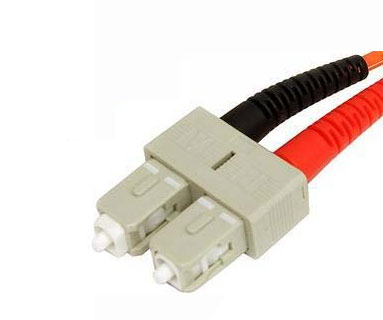
SC stands for Subscriber Connector and this is Square Connector that was developed by NTT (Nippon Telegraph and Telephone Japan). SC is a push-pull device that uses a ceramic ferrule to deliver highly accurate alignment in a fiber-optic link. SC connector is built around a long cylindrical 2.5mm diameter ferrule, made of ceramic or metal (stainless alloy). This connector is known for its locking mechanism which gives an audible click when pushed in or pulled out. The push-on/pull-off mating mechanism which is generally easier to use than the twist-style ST connector when in tight spaces.
MU Connector
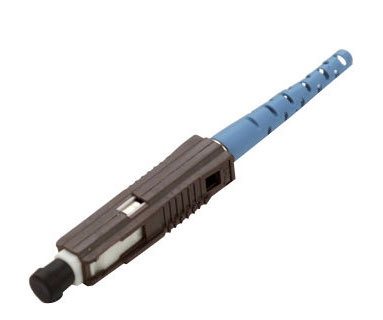
MU is a small form factor SC. It has the same push/pull style, but can fit 2 channels in the same Footprint of a single SC. MU was developed by NTT. The MU Connector looks a miniature SC with a 1.25 mm ferrule. This connector type offer reliable performance and operationally same with SC connectors and adapters. The connector is square in shape and employs a push-pull mating mechanism.
ST Fiber Connector
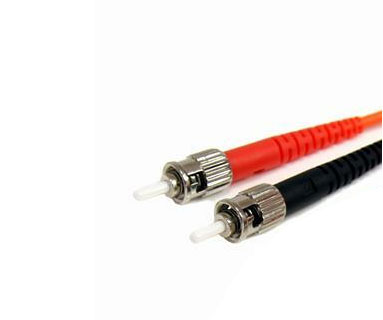
ST stands for Straight Tip, a quick release Bayonet style connector which was popular in late 80s and early 90s. ST Connectors use to be are among the most used Fiber optic connectors in networking applications. They are cylindrical with twist lock coupling, 2.5mm keyed ferrule. ST Connectors are used both short distance applications and long line systems. The ST connector has a bayonet mount and a long cylindrical Ferrule to hold the fiber. Because they are spring-loaded, you have to make sure they are seated properly. They are easily inserted and removed due to their design. They are rated for 500 mating cycles. The typical Insertion Loss for matched ST connectors is 0.25 dB.
MTP®
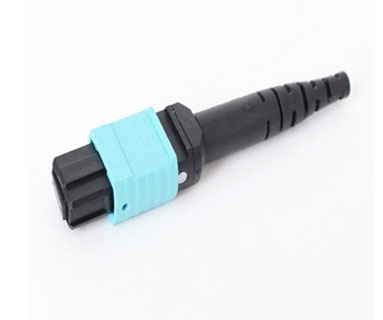
MTP® is a special type of fiber optic connector. Made by US Conec, itis an improvement of the original MPO (Multi-fiber Push-On) connector designed by NTT. The MTP® connector is designed to terminate several fibers—up to 12 strands—in a single ferrule. MTP®connections are held in place by a push-on/pull-off latch, and can also be distinguished by a pair of metal guide pins that protrude from the front of the connector.
Simplex vs Duplex Fiber Connectors
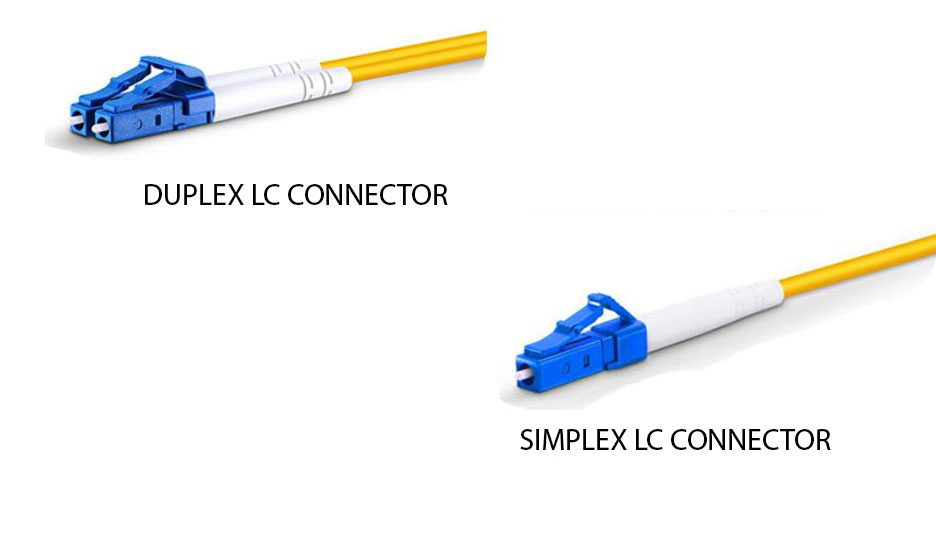
Fiber connectors comes in simplex and duplex configuration. The duplex connectors provides two way communication while Fiber optic simplex offers a one-way data transfer.
Fiber Connector best practices:
The fiber connectors are an important element of Fiber cabling. The fiber connector assembly must maintain stringent alignment tolerances to ensure low mating losses. The losses should be around 2 to 5 percent (0.1 to 0.2 dB) and must not change significantly during operation and after numerous connects and disconnects.
External environment conditions such as weather, dust and moisture should not affect the connectors performance and should have a very small effect on the connectors loss variations.
Except for certain unique applications, one should be able to mate & disconnect the connector simply & by hand.
Connectors of the same type must be compatible from one manufacturer to another.



